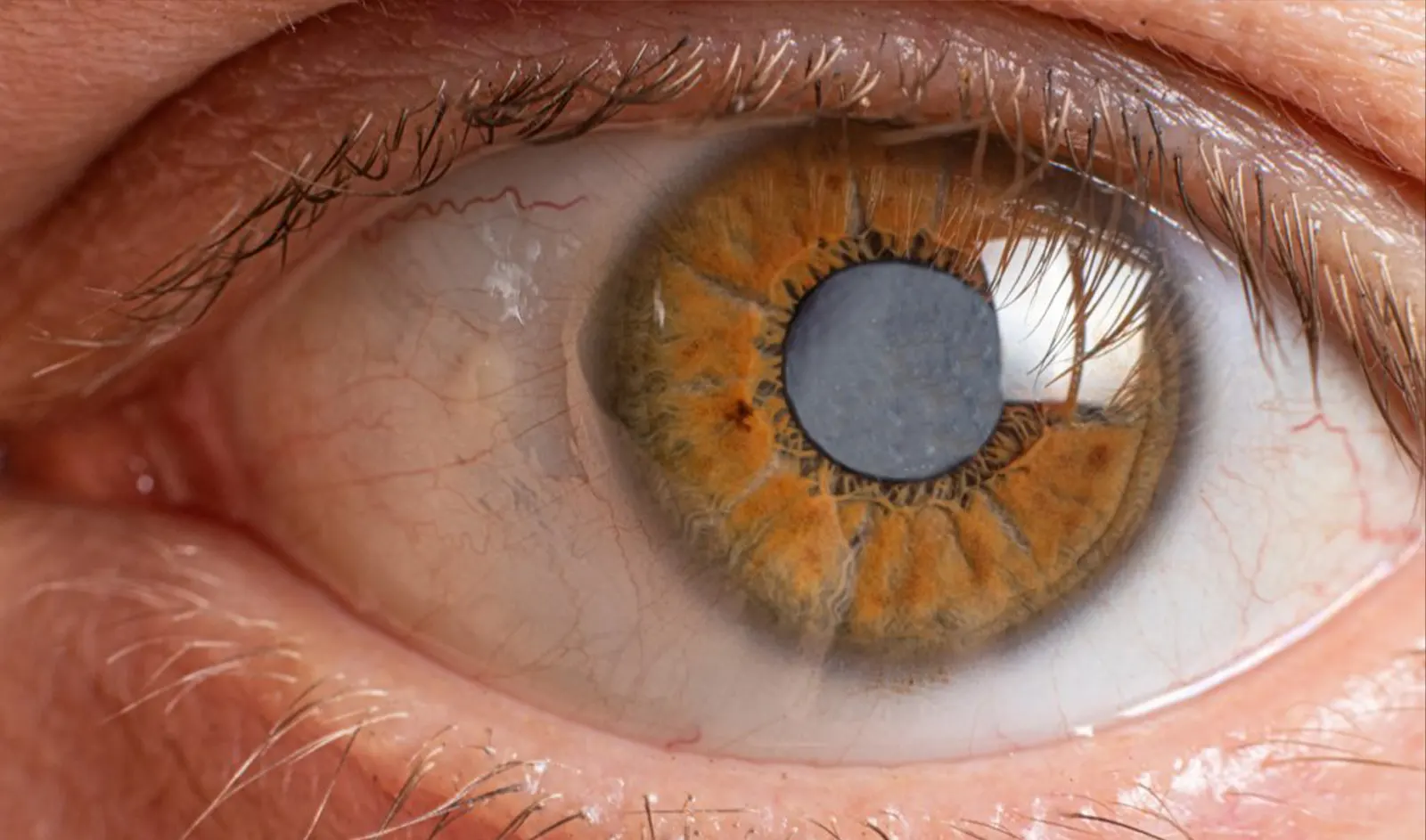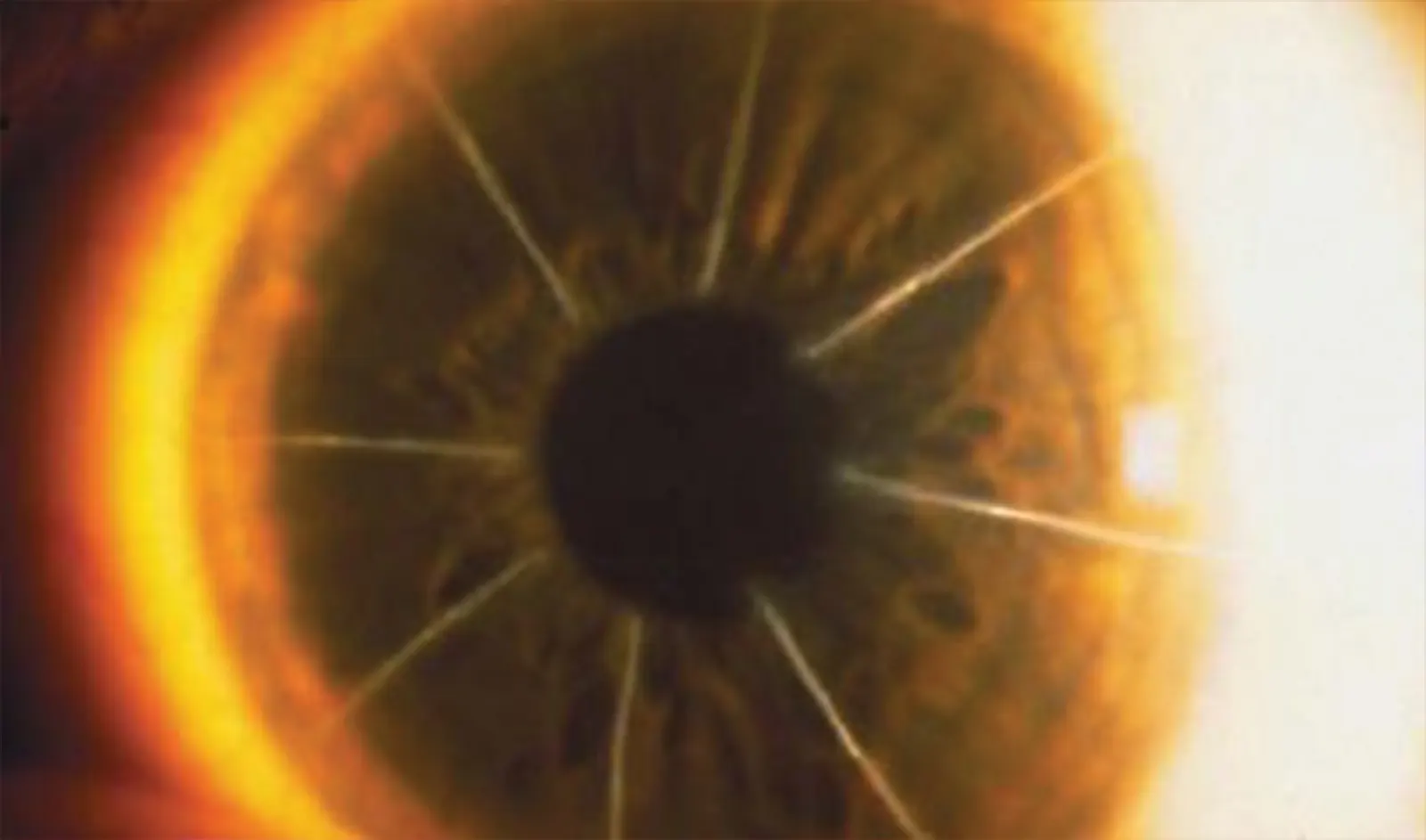Since its FDA approval in 1999, LASIK eye surgery has helped millions of people obtain better eyesight. Patients who previously felt doomed to ever-worsening vision were seeing 20/20 again. Some of them even improved their site to better than 20/20.
While most patients received much-needed relief, some ran into trouble. At the end of the 90s, the rate of procedures where LASIK went wrong was approximately 5%. Today, thanks to better machinery and surgical practices, that rate is less than 1%.
Still, 1% can sound like a small number until it applies to you. What do you do when you’re one of the unlucky few patients with a poor result?
The following are the eight most common complications of LASIK and the latest ways to fix them. Fortunately, skilled surgeons can now correct the rare but severe effects of LASIK gone wrong.
We find this is one of the more common reasons for loss of laser correction, or “regression.” Some lasers were not good at tracking eyes when they moved, and the laser correction would be made off-center. The surface clear skin layer, or epithelium, then changes shape to compensate for the irregularity and then vision problems occur including blurriness, double vision, poor night vision, glare, and halos. This can be repaired by corneal laser reconstruction using topographic guided ablation, or WaveLight Contoura which will fix the decentration and the visual problems.
After LASIK, it’s reasonable to have reduced tear production for as long as six months. To ease a patient’s discomfort, doctors usually recommend prescription eye drops. For severe or persistent cases, a second procedure, called punctal occlusion, can be used to block the tear ducts from draining and prevent further drying.
Occasionally, a surgeon doesn’t remove enough corneal tissue. As a result, the patient’s vision, even after a reasonable healing period, is not fully corrected. When this happens, it’s usually on nearsighted patients. To fully finish correction, you may need another LASIK procedure within a year of the first. This means you’re in for another LASIK procedure.
The opposite problem can occur, as well. Overcorrection is when too much tissue is removed during LASIK. Normally this can be fixed with an enhancement, but in certain cases, it can cause Kerectasia, a thinning of the cornea that makes the cornea unstable and irregular with significant vision problems. This condition, in turn, can cause the cornea to bulge and distort vision, making correcting more complex. This is due to incorrect measurement by the surgeon or to a flap that is not accurately made with the right thickness. The treatment that can restore vision is topographic guided ablation combined with corneal cross linking. This procedure has the possibility of fully restoring your vision and correcting the problem.

As the eyes heal post-LASIK, patients can experience glare, halos, and double-vision. This effect usually disappears within a few weeks or less. During this time, light sensitivity can also be an issue. All of these are typical side effects of recovery unless they persist, in which case they may be a symptom of one of the other complications from untreated dry eye to residual astigmatism, to decentered ablation, to keratectasia.
Aside from removing too much or too little corneal tissue, surgeons can remove eye tissue unevenly. This mistake can happen if they fail to center the laser properly on the eye. The result can be astigmatism or the general blurring of vision at any distance. Correcting this complication requires the use of next-generation laser equipment and a physician able to perform a procedure like topographic guided corneal ablation.
During a typical LASIK procedure, the top section of the cornea is sliced and delicately folded away. This section is known as the flap. An uncommon but severe complication can be the infection of the flap tissue after being reattached to the cornea. Also, even without infection, the flap can grow back abnormally, creating tiny corneal wrinkles that blur vision. Just as in astigmatism, guided ablation with a modern laser such as the Alcon Wavelight EX500 is necessary to correct this problem. Irregularities or damage that has occurred can be fixed with laser corneal reconstruction with topographic guided ablation to reshape the cornea and fix the damage.
The epithelium is a transparent membrane that covers our eyes. The cornea rests beneath it. As the corneal flap heals from LASIK, the epithelium can grow into the cornea causing similar problems to flap complications. Correction requires the surgical removal of the epithelium. Not to worry, unlike the cornea, the epithelial membrane does regenerate.
After LASIK, some inflammation is healthy and should fade within a few weeks. However, if it persists for too long or gets worse, it can interfere with your sight and, in extreme cases, cause vision loss. Usually, this condition is treatable with steroids or antibiotics. For severe cases, a surgeon can also reopen the flap and physically remove inflamed cells. This is a very uncommon issue
To be sure, as effective as it is for most patients, LASIK is not for everybody, but using a variety of advanced techniques the vast majority of patients who have been told they are not candidates may now be candidates. Due to the excitement around its launch, some initial patients may not have been good candidates. Lasers and techniques have changed, and there is a big difference between doctors and especially lasers. Not all LASIK is the same, there are big differences in visual outcomes and compilation rates between lasers and procedures. Sometimes, patients admit that LASIK went wrong because they did not reveal issues to their doctor, and those issues would have changed either how or whether the LASIK was performed.
Anyone suffering from a weakened immune system or another autoimmune disease should tell your doctor. They may still be a candidate for LASIK, but they need a specialized refractive surgeon to safely perform it. Also, patients with persistent dry eye or other eye disorders like eyelid problems, glaucoma, or cataracts should also seek out a specialized surgeon to see if they are still candidates for LASIK, as some may still be,
Again, although millions of patients now see clearly as a result of LASIK, complications can occur. Fortunately, there’s no need to suffer with them. Give yourself the benefit of an ocular surgeon that specializes in the latest procedures, and if you have had a problem there are specialized procedures now available that can fix the vast majority of them. To learn more about LASIK correction, contact Dr. Motwani’s office today to schedule your free virtual consultation!

Cataract Surgery is the most performed surgical procedure in the United States, and has a phenomenal track record for improving…
Read More
The treatment of trauma with topographic-guided ablation depends on the level of scarring caused by the trauma, the position of…
Read More
In the dynamic world of eye care, keratoconus treatment has become a focal point due to the condition’s impact on…
Read More